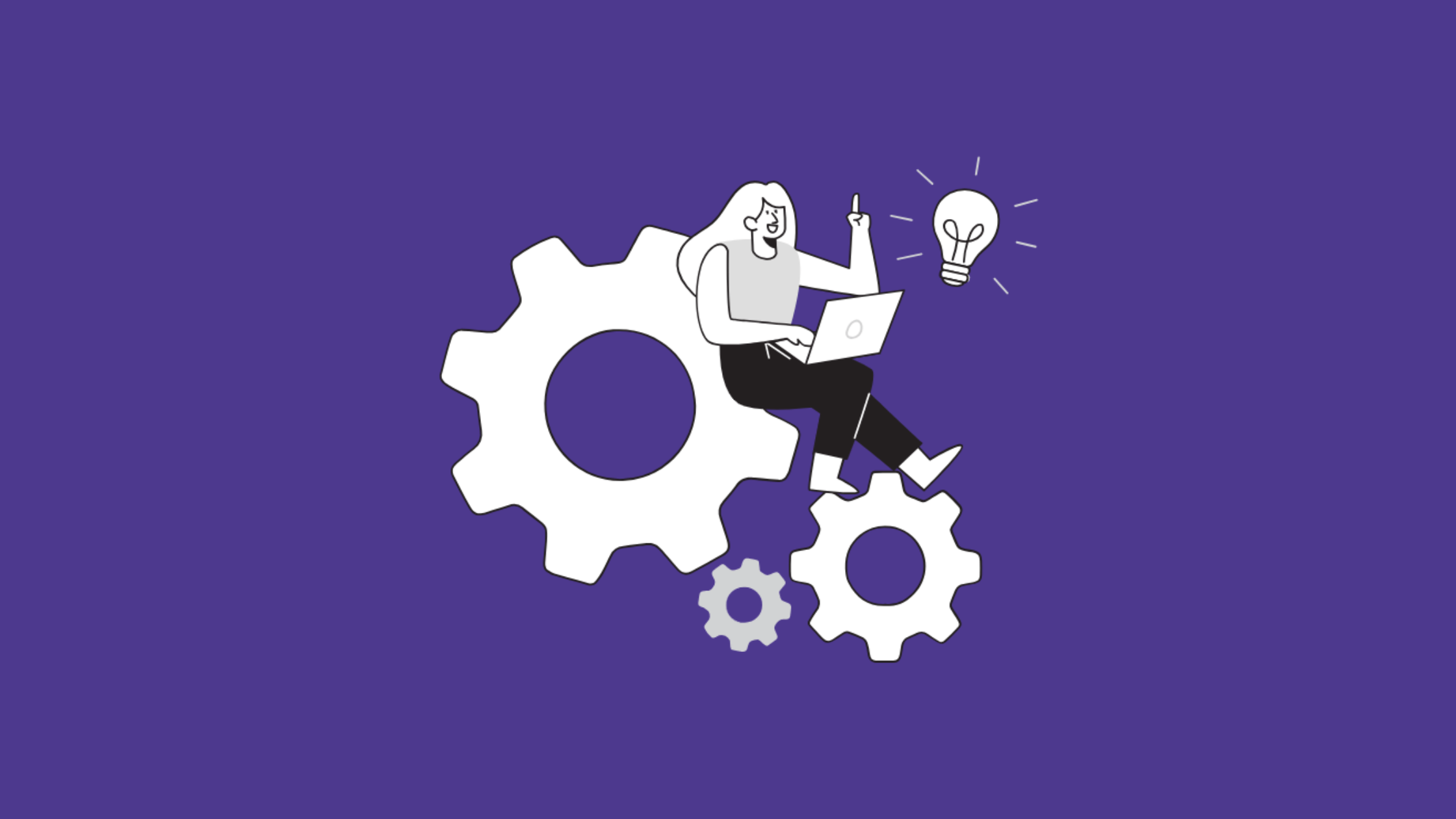- Tech Services

Concept Development
- Industry
- Emerging Tech
- Generative AI Hub
- Blog
- Contact Us

7 Powerful Psychological Triggers to Skyrocket Your Website Engagement
In Lets Nurture
09
Feb. 24602
VIEWSIn the digital age, understanding the hidden forces driving user behavior is essential. By strategically tapping into psychological triggers, you can transform your website from a static brochure into an interactive hub that compels visitors to stay, explore, and ultimately convert. Here are 7 potent triggers to unleash engagement, along with actionable tips for implementation:
1. The Principle of Reciprocity: People naturally feel an obligation to return favors. Leverage this by offering valuable content upfront, like free guides, ebooks, or personalized consultations, without seeking immediate reciprocation. Later, encourage sign-ups to newsletters, social media shares, or product trials – their initial gain fosters the desire to give back.
2. The Power of Social Proof: Witnessing others’ behavior influences our own choices. Showcase testimonials, reviews, and case studies prominently to establish trust and social validation. Feature social share counts to highlight content popularity. Consider trust badges and endorsements from well-known entities to further solidify your credibility.

3. The Fear of Missing Out (FOMO): Humans dislike missing valuable opportunities. Utilize time-sensitive offers and limited-edition content to create a sense of urgency and drive immediate action. Display the popularity of products or services by showing how many people have viewed or purchased them. Implement countdown timers for special deals or deadlines to magnify the urgency.
4. The Commitment and Consistency Principle: Once we commit to something, we’re more likely to follow through. Encourage users to take small, initial steps, like signing up for a free trial or mini-course. Utilize progressive profiling in forms to gather information gradually, avoiding overwhelming requests upfront. After initial engagement, personalize their experience with tailored content recommendations to deepen their investment.

5. The Scarcity Principle: Limited availability amplifies perceived value. Highlight the limited nature of products or services, like “Only 5 spots left!” Use real-time notifications to show others actively engaging, creating a sense of exclusivity. Offer exclusive content or deals to the first few users who sign up or interact, driving immediate action.
6. The Power of Storytelling: Humans connect with stories. Utilize compelling narratives embedded in your website content to captivate audiences, evoke emotions, and create memorable experiences. Showcase stories of satisfied customers, company values, or the impact of your products. Weave narratives into product descriptions, landing pages, and even error messages to build a deeper connection.
7. The Gamification Effect: We enjoy challenges and rewards. Integrate gamification elements like points, badges, or leaderboards to encourage friendly competition and motivate users to explore your website more actively. Offer rewards for specific actions, like completing a profile or participating in a quiz, to incentivize further engagement.
Remember:
- Implement these triggers authentically and ethically, providing genuine value to users.
- Experiment, track results, and refine your approach to find the perfect combination for your audience and goals.
- Treat users with respect and avoid manipulative tactics that could damage trust.
By harnessing the power of these psychological triggers, you can transform your website from a passive online presence into a dynamic engagement machine, ultimately fostering deeper connections, driving conversions, and achieving your business objectives.




